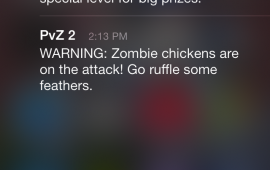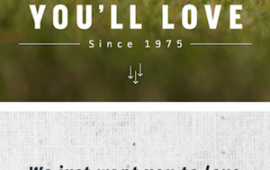Social Engagement in Mobile Applications
This is the second part in a two-part series on mobile engagement. The first part can be found here. This second article will expand on the first by describing how you can utilize social features to create mobile engagement.
Social engagement can take many forms. It can involve users discussing or sharing your app on Facebook, Reddit, or some other social network. It can also consist of users interacting directly through your app via forms or leaderboards. When utilized to its full potential social engagement can lead to more downloads, more consistent use, and even a higher quality of user submitted content. This can result in a more enjoyable user experience. However, you must make sure to approach the situation tactfully and not annoy or spam your potential and existing users.
Social Engagement Leads to Downloads
Marketing an app can be incredibly expensive and ultimately unreliable means of increasing downloads. The ultimate goal is for your app to “go viral.” This is not an exact science and obviously difficult to replicate, but there are ways you can assist in the process.
The most important is giving users something they want to talk about. This can be helped by encouraging users to evangelize your product. The once widely popular game Farmville did a masterful job of this. Users were given a limited number of actions in a set period of time. These actions provided a fun experience, but were never enough to complete everything they wanted. Instead, users could earn additional actions by sending app invites to their friends. Thus, users were both encouraged and rewarded for spreading the word about the game.
Social Engagement Leads to Consistent and Purposeful Use
Once users begin doing something with their friends, they are more likely to continue doing that thing.Think about one person who goes to the gym by themselves, versus one who goes with a friend. The second individual is more likely to continue exercising regularly. It has become a social experience. The companion going motivates them to go consistently. The social engagement of your app can serve the same purpose. Features such as the “Like” button on Facebook, Instagram, and Letterboxd stimulate users when they use the app. By including these sorts of features, you allow users to feel encouraged and therefore motivated to use your app by the participation and approval of their friends.
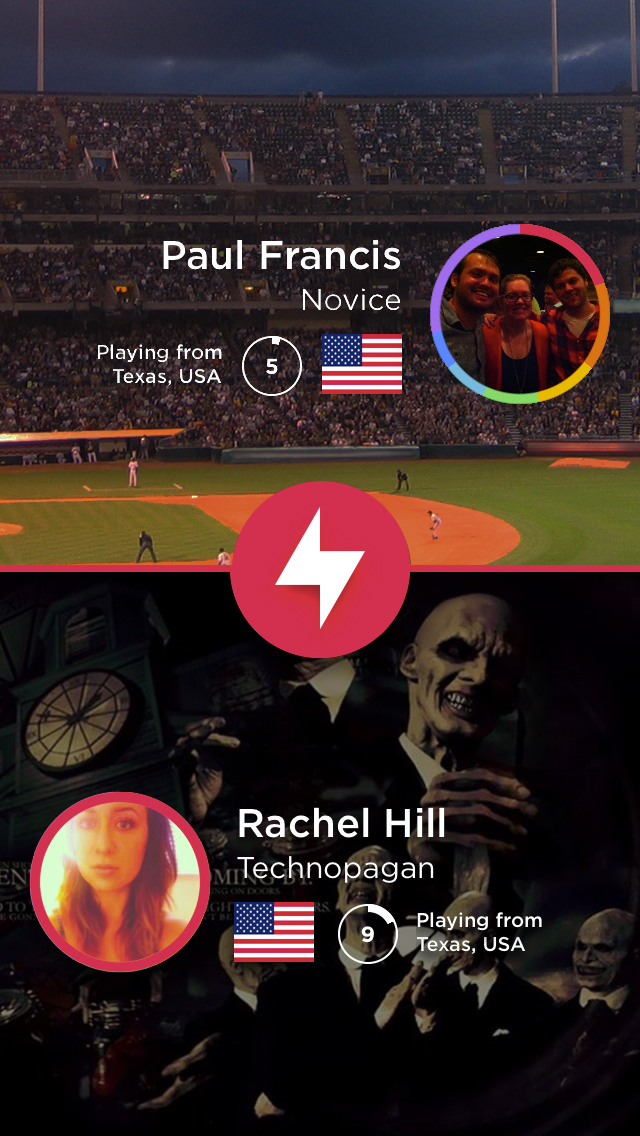
Furthermore, it is highly beneficial to allow users to see the actions of their friends. This can be in the form of leaderboards, accomplishments, or messages. Seeing the success of others can motivate users. As an example, a few years ago there was a commercial that depicted two speed skaters, skating at different rinks. After completing their laps, they would text each other their times. The commercial concludes as one skater, about to leave for the day, gets a final text from his challenger showing a time faster than his own. He immediately turns around and straps back on his skates. Similarly your app can tap into the competitive nature of your users. Get additional clicks, views, and revenue by tapping into that “one more try”, “one more time”, or “one more page” mentality.
The app pictured to the right, a trivia app called QuizUp, does a phenomenal job achieving this sort of social engagement. Users compete predominately with their friends, it is incredibly social (using your Facebook picture, location, and cover photo to add that personal flair), and rewards users with titles and ranks for their in-app achievements.
Social Engagement Can Lead to Higher Quality Content
Sites that rely heavily on user submitted content can benefit greatly from social engagement. One example is the social movie rating and review site Letterboxd. This site has a follow-follower pattern and includes the option of posting reviews on Facebook. When I use this site, I elect to only share the reviews I am particularly proud of on Facebook. I put a great amount of effort into these reviews; Often typing them in Microsoft Word to catch spelling and grammatical errors prior to publishing. Because my name (or at least my username) is attached to my content, I have a vested interest in creating quality posts. My desire to have my reviews be well-received or well-“liked” by my social networks and my friends that make them up, leads to a higher quality of content than if I was simply writing anonymously or for my own viewing. Social engagement can play into our desire to be approved by our peers and that is an incredibly powerful motivation to create quality content.
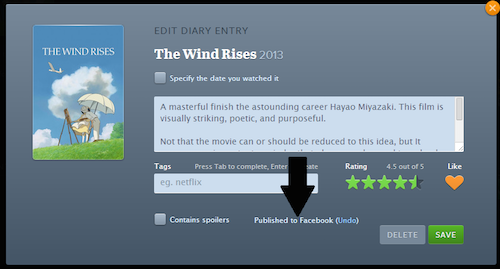
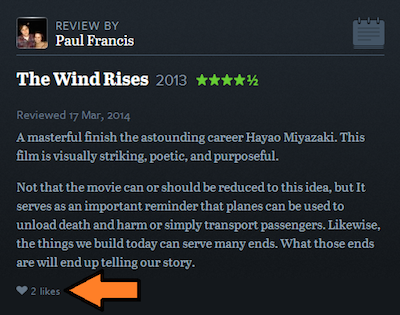
How to Ease the Process of Social Engagement

It is crucial that you not only encourage social engagement, but that you also integrate it seamlessly into your app. If you want to encourage users to share their actions within your app on social networks, try to complete the account integration one time, rather than each time they post. Better yet, you can allow users to create accounts from their existing social network accounts, so that once they sign up, they can share without additional authentication or permissions.
Additionally, allow users to share on many different sites. Instagram does a magnificent job of this. On one screen users are able to select check boxes indicating on which sites they would like their picture posted. From one app, Instagram is able to weave its way onto Facebook, Twitter, Tumblr, and Flickr. At this point everyone knows what Instagram is, but that is due in part to its successful social engagement.
Potential Pitfalls of Social Engagement
It is clear that encouraging social engagement can be incredibly beneficial to your app’s success. But, requiring or too frequently insisting on social engagement can be its downfall. Some users will simply not want to share their updates and some have already chosen not to participate in social networks. You do not want to drive away or discourage these users. Remembering your user’s previous sharing choice or allowing users to permanently disable these features can go a long way in winning these sorts of users. It is also important to realize what type of information users are likely to want to share. If you have a money-saving or weight-loss app, sharing “Tina saved 3 months in a row” or “Tim worked out 3 days this week” might be great. Whereas “Tina saved $50 this week” or “Tim lost 5 lbs. and is now 85 lbs. away from his goal weight of 185 lbs.” might not be such a good idea.
Social Engagement is the Answer
As always, these methods work best when tailored to your application. There is no one-size-fits-all solution to social engagement. The tips presented in this guide should serve as an excellent foundation or at least get you thinking about the social aspects of your apps.
Additional reading
- Smashing Magazine guide to engagement and making your app go viral:https://www.smashingmagazine.com/2013/08/key-ingredients-to-make-your-app-go-viral/
Do you need an expert in mobile app development? With a team of mobile app development specialists covering a wide range of skill sets and backgrounds, The BHW Group is prepared to help your company make the transformations needed to remain competitive in today’s high-tech marketplace.

